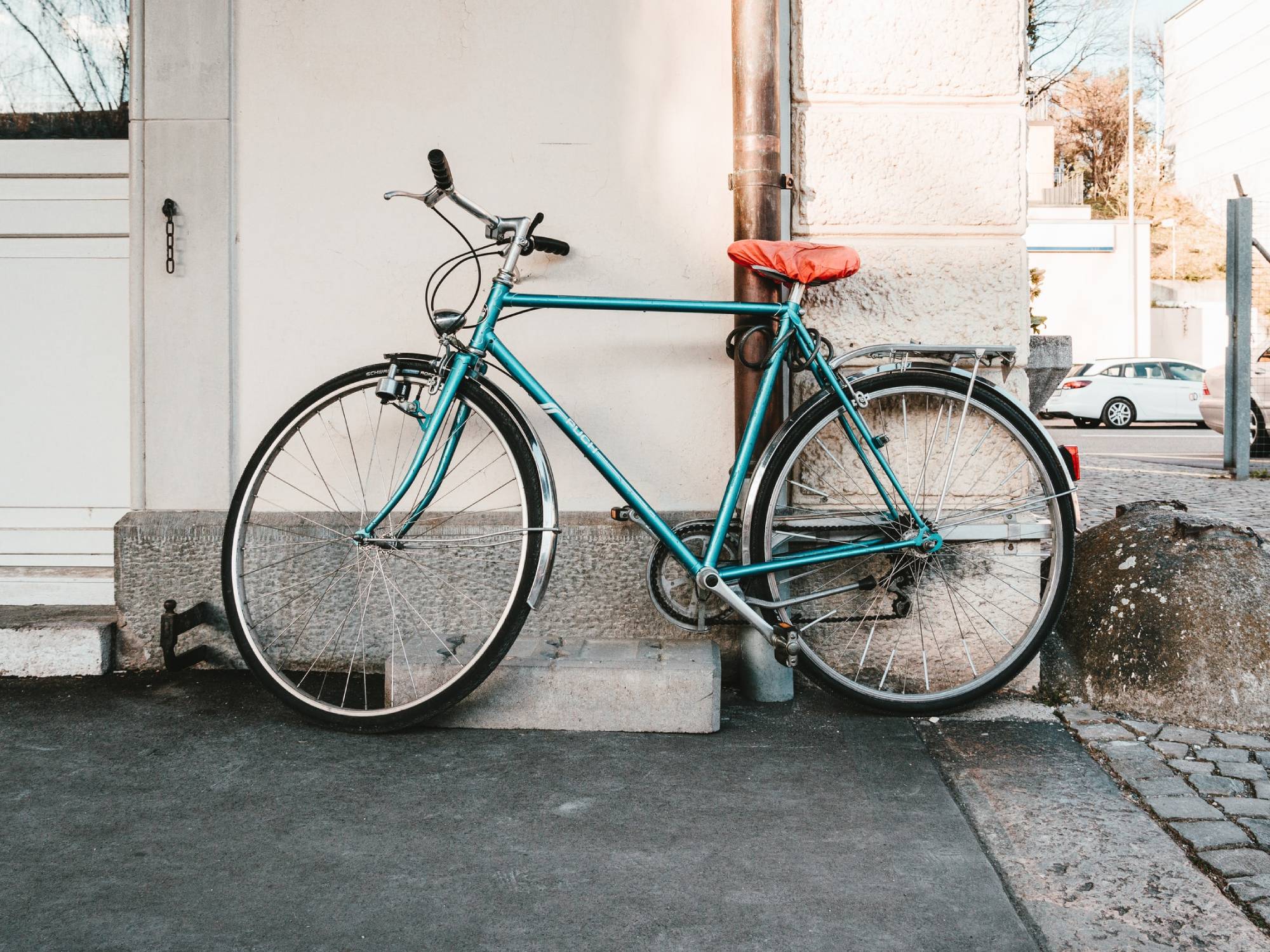

If you’re under the impression that more people have been pedaling from place to place, you’re not imagining it. Even before the COVID-19 pandemic pushed commuters to find alternatives to public transportation, cycling had been steadily growing as both a form of exercise and an efficient way to get around.
But when the pandemic hit, the bike industry faced the same unexpected challenges as most of the global economy. Among them: trying to meet the increasing demand from new riders hoping to stay off buses and trains.
“Retailers went from questioning if they would be deemed essential businesses, to a bike boom,” says Heather Mason, president of the National Bicycle Dealers’ Association.
[Related: The real difference between a cheap bike and an expensive one]
But what should have been excellent news for manufacturers and retailers became a headache, as commercial complications caused by COVID-19 resulted in shortages of new bikes, parts and accessories. The end may not yet be in sight, either, as sales continue to soar.
Though the pandemic will end, supply shortages can stem from any number of sources, so it’s crucial that you know how to find what you need for your own pair of wheels when stocks appear sold out.
Why is there a bike shortage?
In a world where you can get a car dropped off at your door, it may seem surprising that you’d have any trouble finding and buying something as simple as a bicycle. But the cycling industry is a global business that leans heavily on international supply chains, and when one of the links fails, shortages occur.
Bike-maker Trek, for example, sources parts from 50 different suppliers around the world. Then they send components to four factories on three continents for assembly before they even ship the finished product to the company’s network of warehouses for distribution. This entire process can take up to four months during a normal year. But because of the pandemic, bikes are rolling off the line straight into somebody’s hands, leaving no opportunity for stockpiling.
[Related: Bring your old bike back to life with these pro restoration tips]
The result has been a massive increase in the cost—parts alone went up 22% through September 2020, and retailers expect another hike of 10% to 25% in 2021. It’s unclear how or if the situation will improve post-pandemic either, as major exporters of bikes and bike parts, like Taiwan and Japan, were facing labor shortages even before COVID struck. Demand will most likely keep growing, too. In a 2020 survey conducted by Boston University, 62% of 130 US mayors said they expect their citizens to bike more frequently after the health crisis is over, and nearly a third are making bike infrastructure installed during the pandemic a permanent feature.
Getting your bike will require creativity
If you can’t find the parts you need, or you simply can’t swing the price of a new bike right now, there are alternatives you can try.
Rent a bike
If you thought renting bikes is something only tourists do, think again—your local shop may have long-term rental programs available. As an added benefit, you’ll also be able to try out different bikes if you’re still not sure what kind you want to get.
Don’t be surprised if you have a tough time finding a bike to rent, though, as shops might have sold their rental fleets to meet buying demand.
Enroll in a bike-sharing program
As of 2016, 65 US cities had bike-sharing programs, and they’ve only proliferated since then. You’ll find these bikes in kiosks with heavy pedestrian and public transit traffic nearby, and you’ll pay a rental fee by the hour, often directly from an app on your phone. The best thing about these services is that you can easily combine them with other forms of transportation, as you can park them in several locations before continuing your commute.
[Related: Essential bike maintenance tips everyone should know]
Boston introduced BlueBikes in 2011, and it had nearly half a million users by 2019. On the West Coast, researchers at the University of California, Davis, found that people in Sacramento almost immediately began replacing car trips with bike travel when a bikeshare was introduced in 2018.
Shop for used bikes
On average, about 12 million adult bikes are sold each year, and even a short browse through Craigslist will turn up plenty available for (relatively) reasonable prices.
But much like buying a used car, be wary of lemons. First, try to keep it local so you can get a test ride and make sure everything works properly. Listen to the bike—noises like squeaking, clicking, and rattling may indicate deep problems. Check the bike carefully for damage, especially cracks in the frame, wobbly wheels, and wear from rim brakes. If you’re looking for a bike to strip down for parts, be honest with the person who’s selling, as they may prefer to sell you specific pieces themselves, saving you both work and money.
If you’re buying parts, make sure to do your research. Every bike is unique and components differ on both standards and tolerances. You can’t assume that just because a piece has the same manufacturer and specs, it’ll fit on your bike. Parts should also be clean and have no signs of wear aside from some chipped paint.
